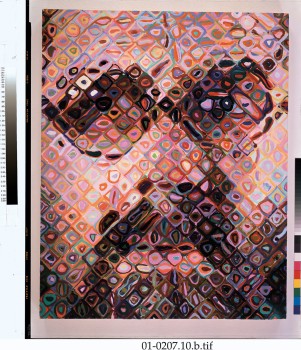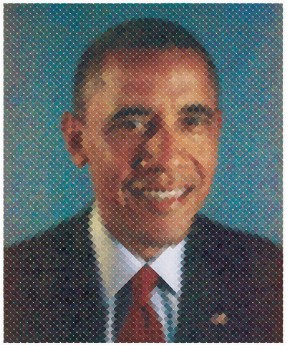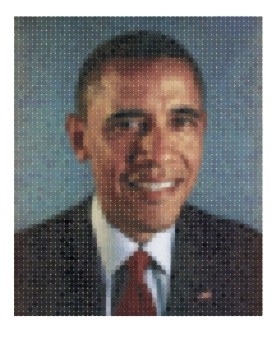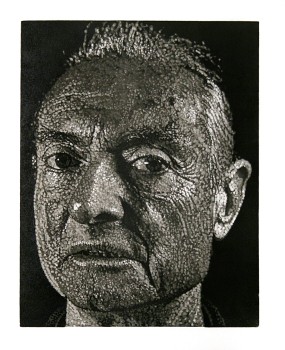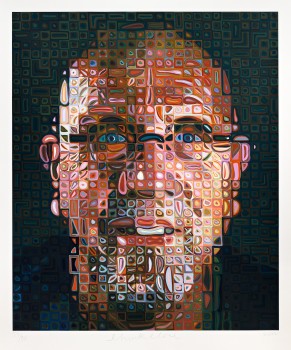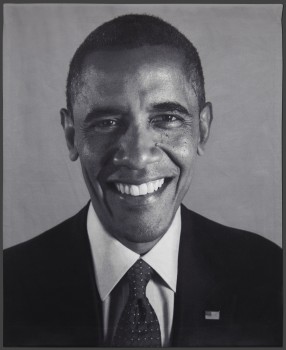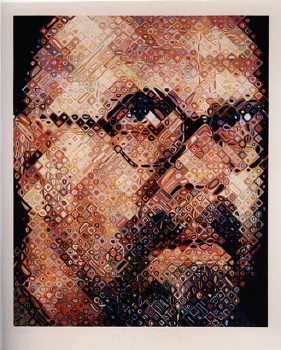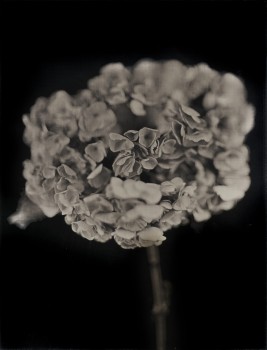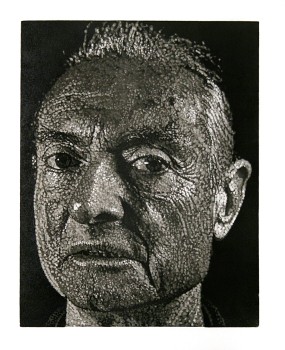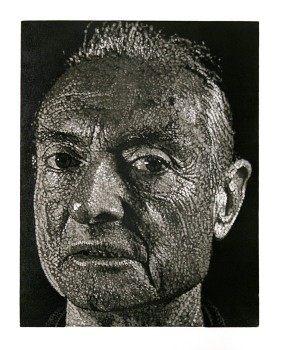
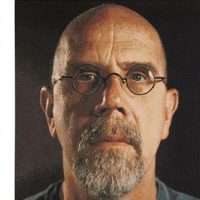
American artist Chuck Close has been a leading figure in contemporary art since the early 1970s. Best known for the monumental heads he has painted in thousands of tiny airbrush bursts, thumbprints, or looping multi-color brushstrokes, Close has developed a formal analysis and methodological reconfiguration of the human face that have radically changed the definition of modern portraiture. This exhibition presents the full spectrum of his career and includes some ninety paintings, drawings, and photographs.
Over the years, Close’s works have evolved from harsh black-and-white images to colorful and brightly patterned canvases of an almost abstract painterliness. Originally associated with photorealism, Close’s rigorously systematic approach and often visibly gridded formats more nearly approximate those of the minimal and process artists who emerged alongside him in the late 1960s. His most recent pictures synthesize Close’s long-standing interest in the spontaneous manner of the Abstract Expressionists with his strict adherence to the self-imposed rules that have guided his art from the beginning.
Close’s sitters are consistently posed in a manner that allows only the subtlest of individual inflections. At first glance the polaroids the artist works from resemble driver’s license or passport photos but are imposing in a way I.D. pictures can never be. Inherently grand in scale and aura even when the format is small and the features portrayed unremarkable, these “maquettes,” as the artist calls them, are a primary product of his sensibility rather than a casually arrived at notational resource. Close chooses his subjects from among his family and friends–including artists such as Richard Serra, Cindy Sherman, Alex Katz, Roy Lichtenstein, and Robert Rauschenberg–to create works that range from coolly unemotional likenesses of unidentified individuals to psychologically charged glimpses of well-known members of the contemporary art world.
Courtesy moma.org
Website
http://www.chuckclose.com
